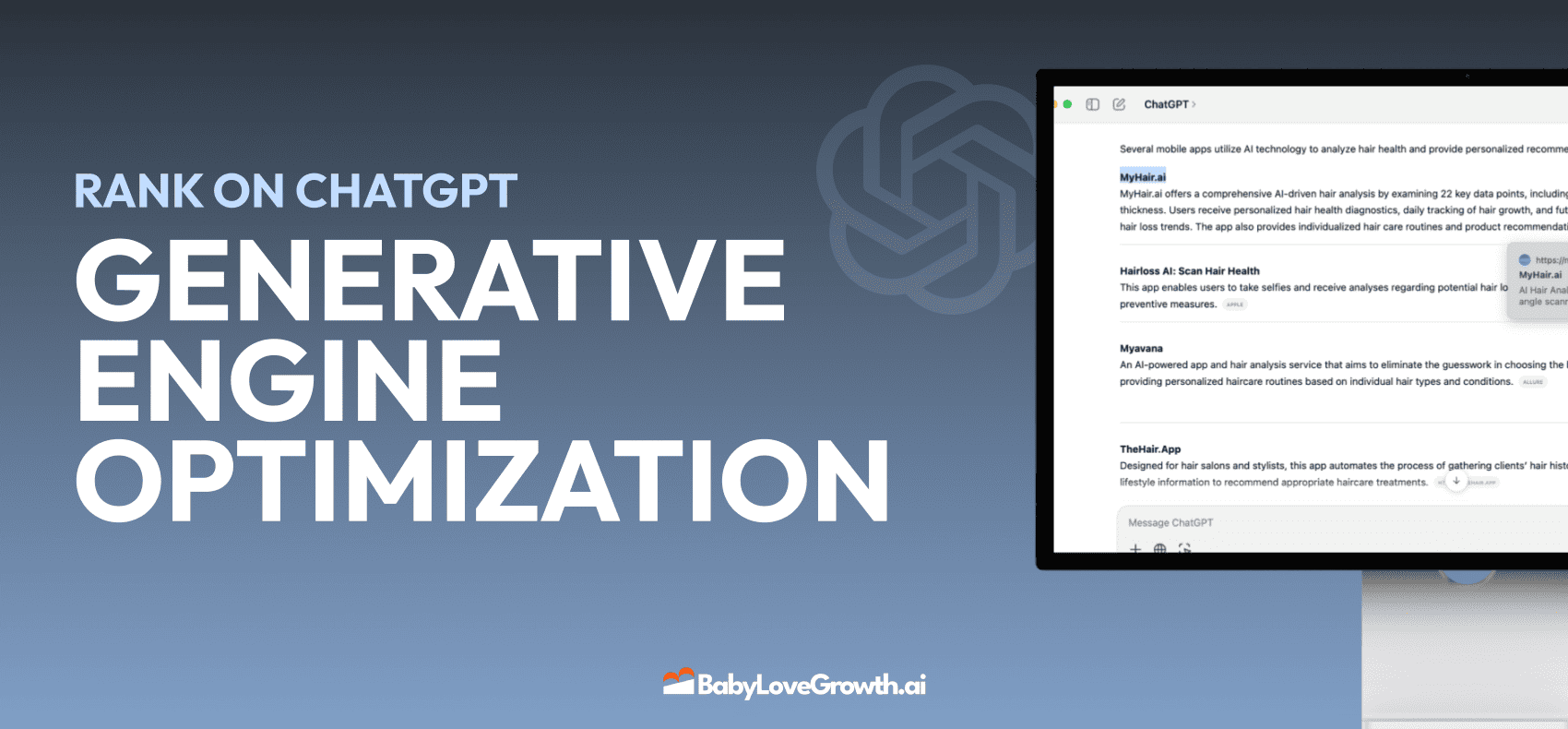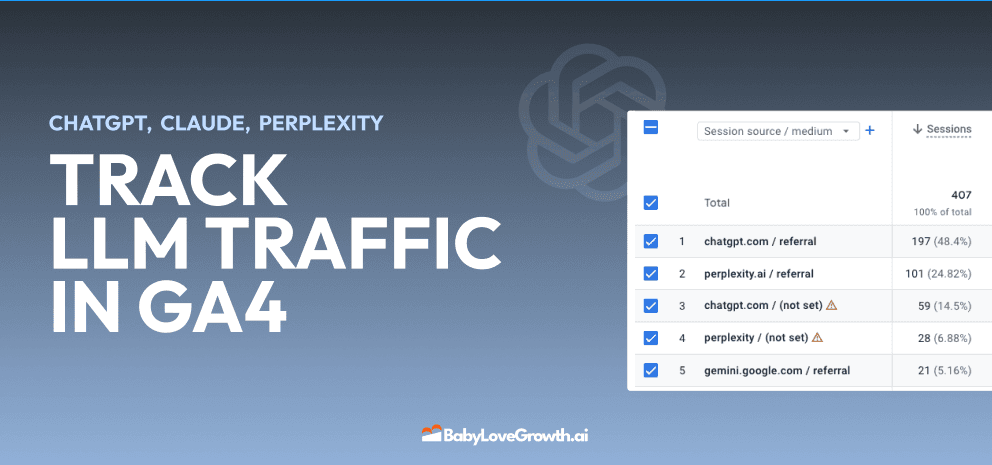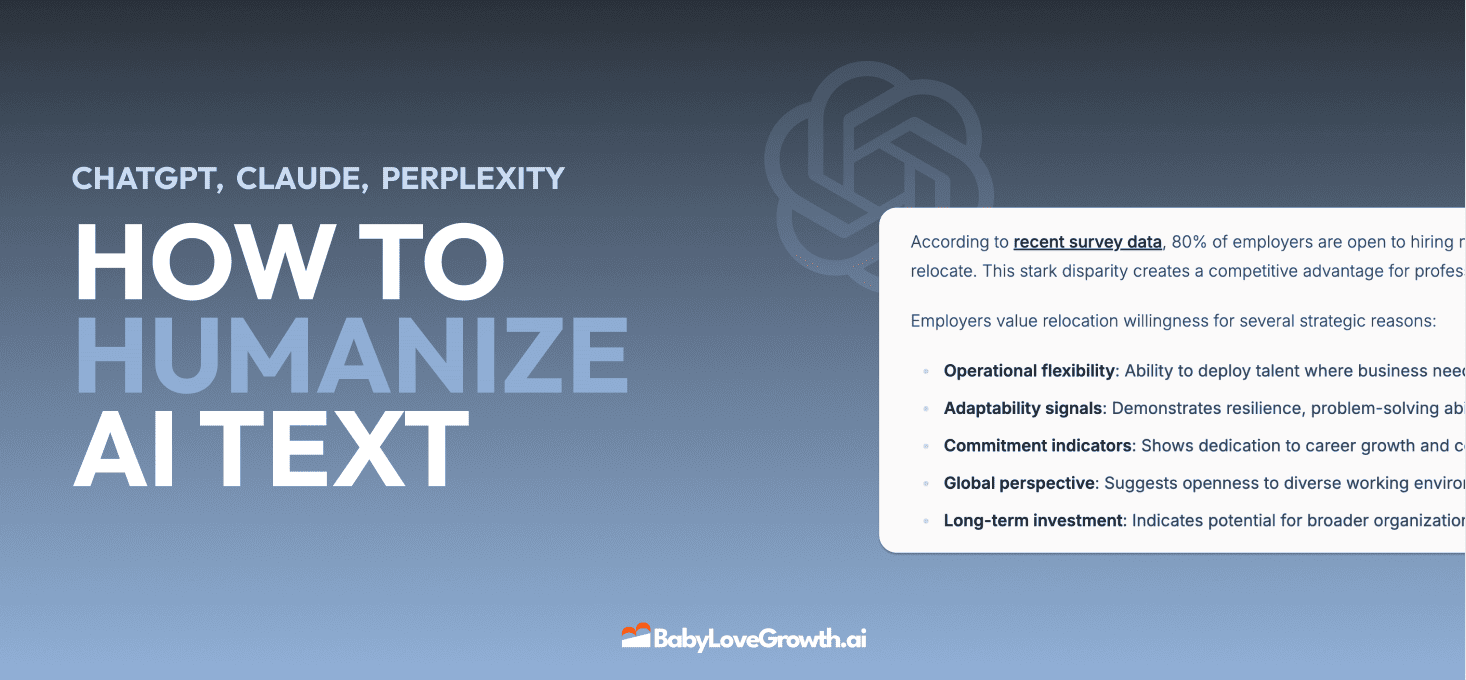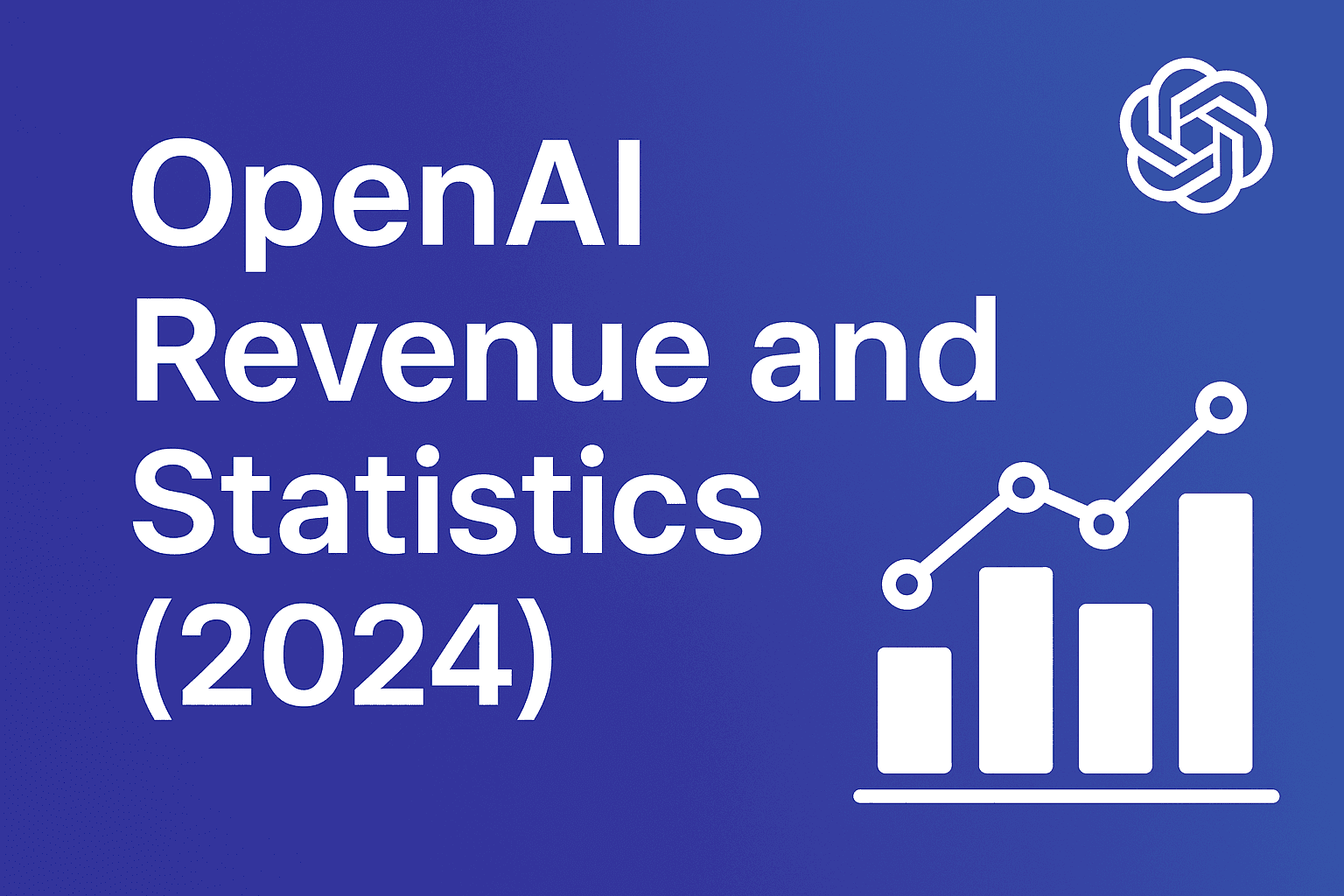7 Content Curation Strategies Every Business Owner Needs


Curating content might sound simple at first. Every day, over 7.5 million blog posts are published online so the options seem endless. But most people miss the mark by collecting links without truly connecting with their audience. The secret is not just about finding content, but about understanding what your readers crave and why they care.
Table of Contents
- Understand Your Audience's Needs
- Choose Reliable Content Sources
- Utilize Content Curation Tools
- Organize and Categorize Your Content
- Create Engaging Summaries and Commentary
- Promote Your Curated Content Effectively
- Measure and Analyze Your Curation Efforts
Quick Summary
| Takeaway | Explanation |
|---|---|
| Understand your audience deeply | Knowing demographic and psychological insights allows for tailored content that resonates with readers. |
| Select reliable content sources | Credible sources enhance your content's trustworthiness and perceived value among your audience. |
| Utilize effective curation tools | Digital tools streamline the process of discovering, organizing, and sharing valuable content efficiently. |
| Organize content strategically | Proper categorization makes information accessible and enhances user engagement with curated materials. |
| Promote content strategically | Leveraging social media and email for targeted distribution maximizes content reach and audience interaction. |
1: Understand Your Audience's Needs
Successful content curation begins with a profound understanding of your target audience. Knowing who your audience is and what they truly want becomes the critical foundation for effective content strategies. Without this essential insight, your content risks becoming generic, disconnected, and ultimately ineffective.
According to research published in the International Review of Research in Open and Distributed Learning, effective content curation involves carefully evaluating the usefulness, timeliness, and credibility of content while contextualizing it appropriately for the intended audience.
To deeply understand your audience, you need to go beyond basic demographic information. Developing comprehensive audience personas requires multi dimensional research and analysis. Consider exploring these key aspects:
-
Demographic details: Age, location, professional background
-
Psychological insights: Pain points, aspirations, challenges they face
-
Content consumption habits: Preferred platforms, typical engagement times, content formats they enjoy
Your goal is to create content that feels like it was crafted specifically for your audience. This means understanding not just what they want to read, but why they want to read it. By developing empathy and precise targeting, you transform content curation from a generic task into a strategic communication approach.
If you want to dive deeper into audience understanding, our guide on creating relevant content provides additional strategies for connecting with your target market effectively.
2: Choose Reliable Content Sources
Content curation is not just about gathering information, but selecting high-quality, trustworthy sources that provide authentic, accurate insights. Not all content is created equal, and the credibility of your sources directly impacts your reputation and audience trust.
According to the University of Maryland Global Campus, evaluating sources requires careful consideration of several critical factors:
-
Author credentials: Check the expertise and professional background of content creators
-
Publication date: Prioritize current, up-to-date information
-
Reputation of the source: Select websites, journals, and platforms with established credibility
Reliable content sources typically include:
-
Academic and research institutions
-
Government websites and official publications
-
Peer-reviewed journals
-
Recognized industry experts and thought leaders
-
Professional associations and established organizations
Avoid sources with obvious bias, outdated information, or questionable credibility. Your goal is to curate content that adds genuine value and provides actionable, evidence-based insights for your audience.
When selecting sources, look beyond surface-level information. Examine the depth of analysis, the quality of research, and the potential impact of the content on your audience's understanding. Learn more about content quality and its critical role in your strategy to ensure you're delivering the most valuable information possible.
3: Utilize Content Curation Tools
Content curation tools transform the complex process of discovering, organizing, and sharing valuable content into a streamlined, efficient workflow. These digital solutions help business owners save time, maintain consistency, and deliver high-quality information to their audiences.
According to the University of Alaska Fairbanks' Center for Teaching and Learning, digital curation tools enable professionals to organize and disseminate content more effectively, creating meaningful learning and engagement opportunities.
Key features to look for in content curation tools include:
-
Automated content discovery across multiple platforms
-
Advanced filtering and tagging capabilities
-
Real-time content monitoring and alerts
-
Collaboration and sharing functionalities
Recommended content curation tools for business owners:
-
Feedly: Aggregates content from multiple sources
-
Pocket: Saves and organizes articles for later review
-
Flipboard: Curates content into magazine-style formats
-
Hootsuite: Manages social media content curation
-
Scoop.it: Helps create and share topical content collections
Choosing the right tools depends on your specific business needs, content strategy, and target audience. Experiment with different platforms to find the ones that best support your content curation goals.
Integrating these tools into your workflow can significantly reduce the time spent searching for relevant content while ensuring you consistently share high-quality, engaging materials. Discover more about leveraging data for your content strategy to maximize your digital marketing efforts.
4: Organize and Categorize Your Content
Content organization transforms scattered information into a strategic, accessible knowledge base. Without proper categorization, even the most valuable content becomes ineffective and challenging to navigate.
According to Princeton University's Site Builder, developing systematic taxonomy systems helps professionals create structured, easily searchable content repositories.
Effective content categorization strategies include:
-
Create clear, logical topic hierarchies
-
Use consistent tagging and metadata
-
Develop a standardized classification system
-
Implement intuitive navigation paths
Key considerations for content organization:
-
Align categories with audience interests
-
Ensure flexibility for future content expansion
-
Balance specificity with broad accessibility
-
Regularly review and update categorization systems
Practical approaches to content organization involve creating thematic clusters that connect related content. This means grouping articles, videos, and resources under specific themes that resonate with your target audience. By establishing clear relationships between different pieces of content, you enhance user experience and encourage deeper engagement.
Technology plays a crucial role in content management. Utilize content management systems (CMS) and digital asset management tools that support robust tagging, searching, and filtering capabilities. These platforms help you maintain a well-structured content ecosystem.
Explore our guide on creating a strategic content calendar to further refine your content organization approach and maximize your digital content strategy.5: Create Engaging Summaries and Commentary
Content curation goes far beyond simply collecting information - it requires transforming raw content into compelling, digestible narratives that capture your audience's attention and spark meaningful engagement.
According to Advance HE's digital curation guidelines, effective digital curation demonstrates critical thinking and pattern recognition skills by contextualizing and interpreting information.
Essential elements of compelling content summaries include:
-
Clear, concise language
-
Highlighting key insights
-
Providing unique perspective
-
Maintaining original content's integrity
Strategies for creating powerful commentary:
-
Add personal professional insights
-
Connect content to broader industry trends
-
Explain practical implications
-
Invite audience interaction
Effective summaries transform complex information into accessible knowledge. Your commentary should act as a bridge between the original content and your audience's understanding. This means distilling complex concepts into clear, actionable insights while maintaining the original source's credibility.
Remember that your added value comes from interpretation, not just repetition. Successful content curators provide context, share professional perspectives, and help readers understand why specific information matters to them.
Consider using multimedia elements like infographics, short video explanations, or visual summaries to enhance engagement. These techniques can help break down complex information and make your curated content more digestible.
Learn more about writing engaging content that captures audience attention and transforms your content curation strategy.6: Promote Your Curated Content Effectively
Effective content promotion transforms carefully curated materials from hidden gems into powerful engagement tools. Simply creating excellent content is not enough - you must strategically amplify its reach and visibility.
According to research published in First Monday, businesses that adopt strategic content curation can significantly enhance brand awareness and customer engagement.
Key platforms for content distribution include:
-
Social media channels
-
Professional networking sites
-
Email newsletters
-
Industry forums and discussion groups
Strategic promotion techniques to maximize content reach:
-
Schedule posts during peak audience engagement times
-
Use relevant hashtags
-
Engage with comments and discussions
-
Cross-promote across multiple platforms
Personalization is crucial in content promotion. Tailor your content distribution approach to match each platform's unique audience and communication style. LinkedIn demands a more professional tone, while Twitter thrives on concise, punchy messaging.
Consider creating platform-specific content snippets that provide value while enticing readers to explore the full curated piece. This might involve creating short video summaries, infographics, or quote graphics that capture the essence of your curated content.
Tracking and analyzing content performance allows you to refine your promotion strategy continuously. Use analytics tools to understand which types of curated content resonate most with your audience and adjust your approach accordingly.
Discover advanced techniques for creating shareable content that boosts engagement and transforms your content marketing strategy.7: Measure and Analyze Your Curation Efforts
Content curation is an iterative process that demands continuous measurement and strategic refinement. Without systematic analysis, your content strategy becomes a guessing game rather than a data-driven approach.
According to a survey of U.S. data repositories, 72.6% of successful organizations perform detailed content review and metadata analysis to enhance overall quality and usability.
Critical metrics for evaluating content curation success include:
-
Engagement rates
-
Time spent on curated content
-
Social media shares
-
Audience growth
Key analytical tools and approaches:
-
Google Analytics
-
Social media insights
-
User feedback surveys
-
Content performance dashboards
Effective measurement goes beyond simple numbers. You want to understand not just how many people viewed your content, but how deeply they interacted with it. Track metrics that reveal audience comprehension and value derived from your curated materials.
Consider creating a quarterly content audit. This systematic review helps identify trends, recognize high-performing content themes, and understand which curation strategies resonate most with your audience. Look for patterns in user behavior, topic preferences, and engagement levels.
Remember that data tells a story - your job is to interpret the narrative hidden within analytics.
The table below provides a comprehensive summary of the seven essential content curation strategies for business owners, outlining their core purpose and actionable benefits described throughout the article.
| Strategy | Purpose | Key Benefits |
|---|---|---|
| Understand Your Audience's Needs | Research and analyze your audience to tailor content | Higher engagement, stronger relevance, and deeper connections |
| Choose Reliable Content Sources | Select trustworthy, up-to-date, and authoritative sources | Builds credibility, trust, and provides actionable insights |
| Utilize Content Curation Tools | Use digital tools to discover, organize, and share content | Saves time, enhances efficiency, ensures content consistency |
| Organize and Categorize Your Content | Create clear taxonomy, group topics, and maintain structure | Easier navigation, better user experience, increased retention |
| Create Engaging Summaries and Commentary | Add summaries and unique perspectives to curated content | Increases clarity, sparks discussion, and demonstrates expertise |
| Promote Your Curated Content Effectively | Share content on the right platforms using strategic methods | Maximizes reach, drives brand awareness, and boosts engagement |
| Measure and Analyze Your Curation Efforts | Track key metrics and review performance regularly | Informs ongoing strategy, supports growth, improves ROI |
Bridge the Gap Between Curated Content and Consistent Organic Growth
Are you struggling to turn solid content curation strategies into actual business growth? As highlighted in "7 Content Curation Strategies Every Business Owner Needs," successful curation means not just understanding your audience’s pain points but also selecting trustworthy sources, keeping everything organized, and measuring real engagement. Despite your best efforts, it can feel overwhelming to maintain this level of quality and see real SEO results—especially when every algorithm update seems to move the finish line.

If you are ready to transform your content curation into an engine for organic traffic and authority, Babylovegrowth.ai can help you achieve that. Our AI-driven platform integrates curated content, targeted business analysis, and automated backlink strategies so you spend less time searching and more time growing. Start your free trial now. See how a tailored 30-day plan and automated ranking tools can elevate your content curation efforts from organized to unstoppable. Don’t let careful curation go unnoticed—discover how our AI-powered solutions make your expertise visible and help your business rank higher today.
Frequently Asked Questions
What are the key components of effective content curation?
Effective content curation involves understanding your audience's needs, selecting reliable content sources, using curation tools, organizing content effectively, creating engaging summaries and commentary, promoting curated content strategically, and measuring and analyzing curation efforts.
How can I better understand my target audience for content curation?
You can understand your target audience by developing comprehensive audience personas that include demographic details, psychological insights (like pain points and aspirations), and content consumption habits (such as preferred platforms and content formats).
What tools can help streamline the content curation process?
Content curation tools such as Feedly, Pocket, Flipboard, Hootsuite, and Scoop.it can help streamline discovering, organizing, and sharing valuable content, saving you time and ensuring quality.
How do I evaluate the reliability of content sources for curation?
To evaluate the reliability of content sources, check the author’s credentials, prioritize current publication dates, and consider the reputation of the source, focusing on academic institutions, government websites, and recognized industry experts.
Recommended
Smart SEO,
Faster Growth!
Most Read Articles

Generative Engine Optimization (GEO)
Learn how Generative Engine Optimization (GEO) helps your content rank in AI search engines like ChatGPT and Google AI. This comprehensive guide explains the differences between SEO and GEO, why it matters for your business, and practical steps to implement GEO strategies for better visibility in AI-generated responses.

Track LLM Traffic in Google Analytics 4 (GA4)
Learn how to track and analyze traffic from AI sources like ChatGPT, Claude, Perplexity, and Google Gemini in Google Analytics 4. This step-by-step guide shows you how to set up custom filters to monitor AI-driven traffic and make data-driven decisions for your content strategy.

How to Humanize AI Text with Instructions
Learn practical techniques to make AI-generated content sound more natural and human. This guide covers active voice, direct addressing, concise writing, and other proven strategies to transform robotic text into engaging content.

Open AI Revenue and Statistics (2024)
Comprehensive analysis of OpenAI financial performance, user engagement, and market position in 2023. Discover key statistics including $20B valuation, $1B projected revenue, and 100M+ monthly active users.